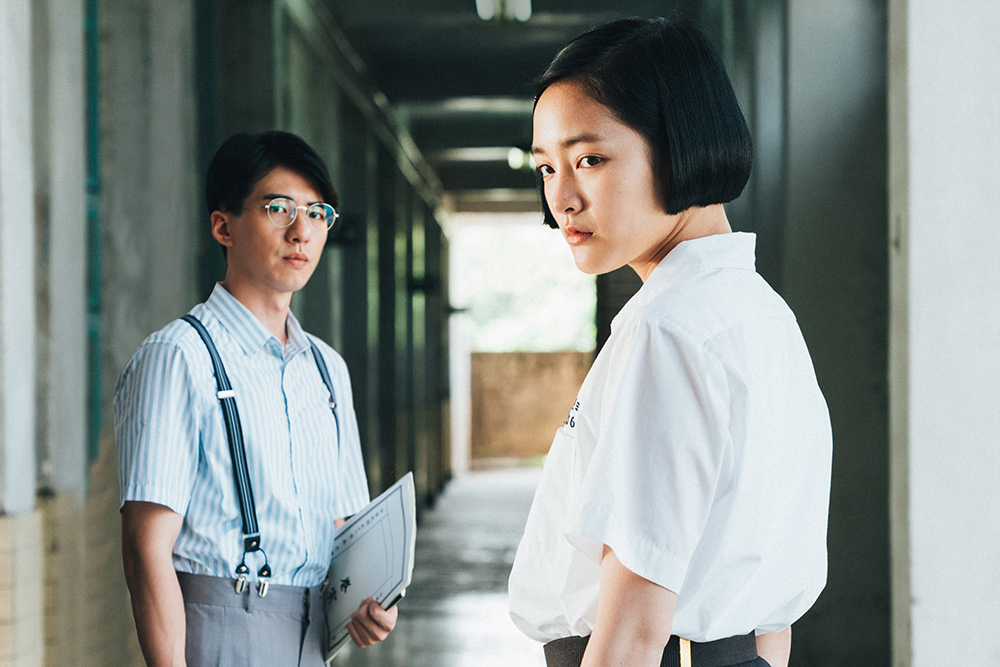!["Detention" Director John Hsu turns The Game depicting the dark side of Taiwanese history, the era of white terror, into a movie [Director's Interview Vol.128]](https://cinemore.jp/images/09cc215408968aafc86fa90301394a2622aa59052c469ec627eaa047a980a8f4.jpg)
© 1 Production Film Co. ALL RIGHTS RESERVED.
"Detention" Director John Hsu turns The Game depicting the dark side of Taiwanese history, the era of white terror, into a movie [Director's Interview Vol.128]
Visual expressions unique to movies and commitment to filming locations
Q: The original The Game is a 2D side-scroller, and this movie also features shots that seem to recreate The Game. On the other hand, there are also many shots that take advantage of depth and shots that symbolically represent the image of The Game. I think the director has his own imagination here, but how did he come up with the visual expression unique to the film?
Sue: As you said, the original The Game is 2D side-scrolling, but this is a kind of theatrical technique. It gives the player the feeling of being on stage. The big challenge in making the film into a movie was how to make these expressions three-dimensional.
For example, there is a shot of a very deep hallway, but I thought it would be a good idea to take the long hallway escape scene that was in The Game and show it as a three-dimensional hallway, and a long hallway that stretches infinitely. It's something. We added a variety of elements to the design, including windows that looked like a school, and large letters that read ``Memorial Day,'' which gave it a horror-like atmosphere that didn't feel like a school at all.
In another scene, a long hallway is used to express the mental state in which a character is pushed to the limit, unable to distinguish between reality and dreams, and has lost all sense of time. It brings together the elements.

“Detention” © 1 Production Film Co. ALL RIGHTS RESERVED.
Q: This work seemed to be shot on location a lot. Please tell us about your commitment to filming locations and art.
Sue: Most of it was shot on location. In Taiwan, the birthrate is declining and many schools have closed down, so I searched among those closed schools to find the most suitable school. Eventually, I found a school built in the 1960s in the south of Taiwan. It was a school that had been abandoned for 17 years after it was closed, but it resembled the design of the school in The Game. We renovated the interior and used it for classroom scenes, and there are also scenes where we used it almost as-is.
Also, the scene where Wei Zhongting is in prison was actually filmed in a prison that was used during the White Terror. This is the place where the victims of that time were imprisoned, and now it is a facility that serves as a memorial to remember the negative history. It is usually used for exhibitions and events that tell the story of life at that time, so it is not often used for filming movies. They were kind enough to lend it to me because the Arrival of this movie matches the Arrival the museum wants to convey.
Q: I was surprised. I thought they had built a prison set in the studio... By the way, were there any scenes shot in a studio?
Sue: The scene where people are gathered in the school auditorium was shot in a studio. In the school scene, buildings other than the actual school are composited to make the number of school buildings appear larger.

